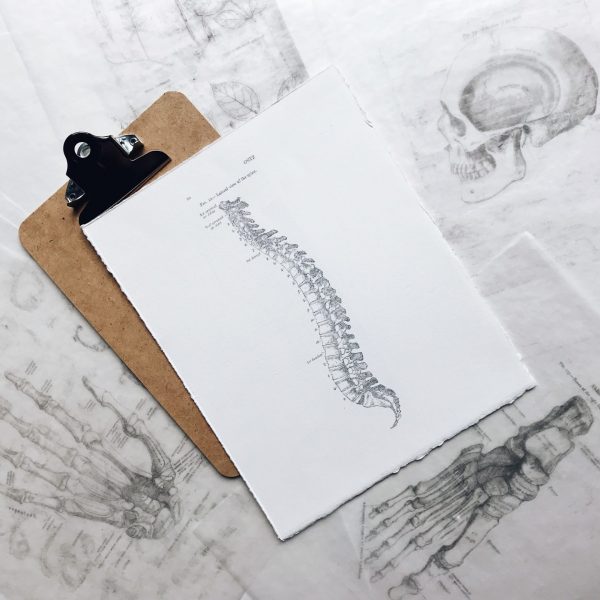Nonsurgical Treatment for Spinal Disc Degeneration
Discogen is developing a treatment based on an ultrasound system that has been proven to stimulate and accelerate tissue repair and remodeling. This technology was proven safe and effective in a placebo controlled double-blinded study and was approved by FDA. Discogen is refining this proven technology and applying it to the treatment of intervertebral discs to provide symptomatic relief of both low back and leg pain. Based on in vitro and in vivo studies, the Discogen system – DiscRx – is biologically active in reducing inflammation and promoting spinal disc tissue repair processes.

Overview
Spinal disc disease affects a large and growing population in the US and in developed countries around the world. In the US, more than 1.4 million spinal surgeries were performed in 2018, and this number is forecast to increase by CAGR of 2.4% to a total of greater than 1.7 million in 2025. (Life Science Intelligence, Inc., Huntington Beach, California)
DiscRx is a disruptive technology that is capable of restructuring the treatment programs for discogenic pain. It will offer both symptomatic relief and also reverse or halt the disc degeneration process. It will do so at a projected cost that is substantially lower than current prescribed treatments.
Our Technology
DiscRx will promote the repair of early stage herniated discs and relieve inflammation, providing both symptomatic relief of pain and halting further herniation. DiscRx therapy will promote the tissue remodeling and repair processes that by themselves are overwhelmed by the conditions created by disc herniation.
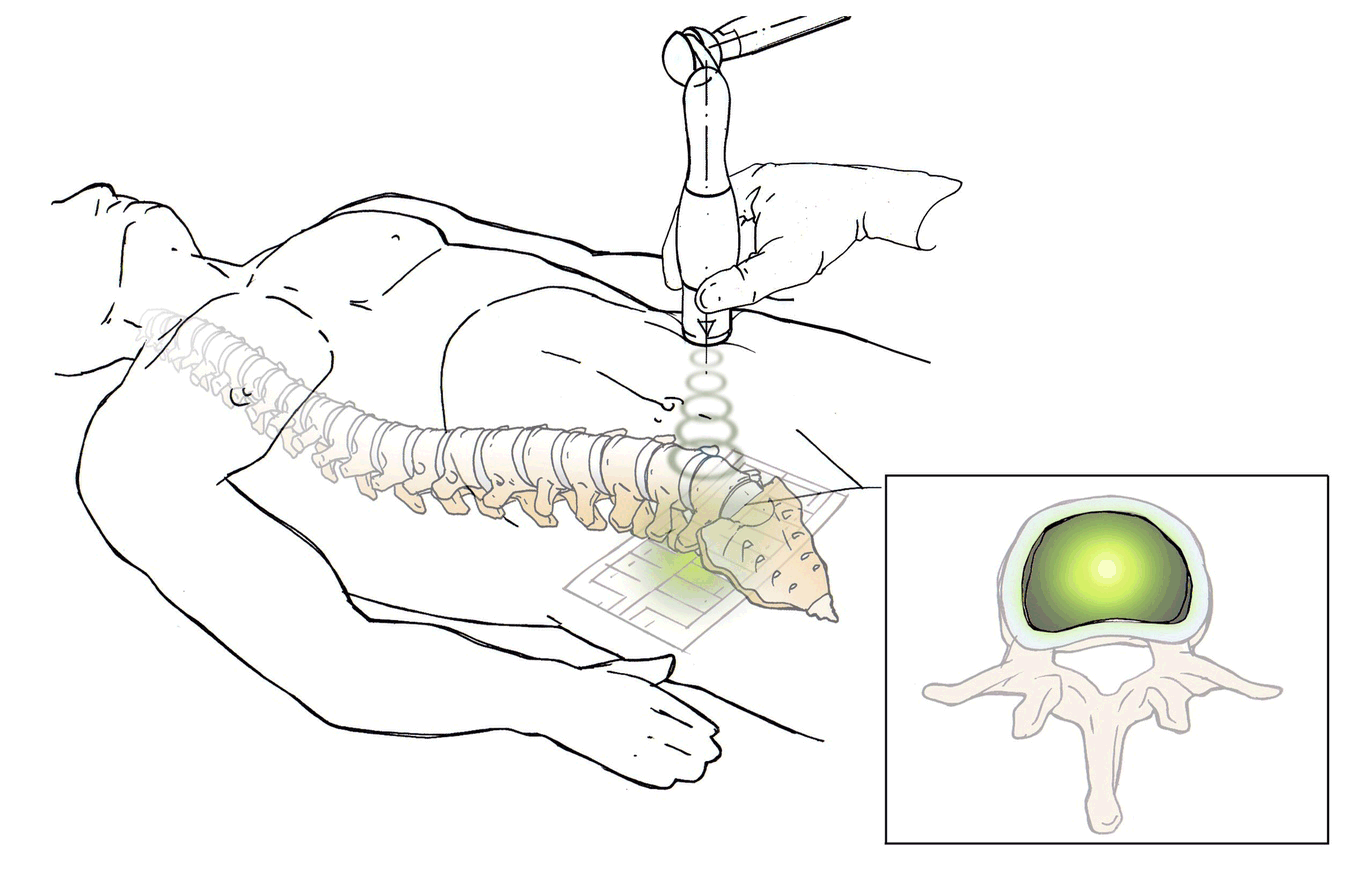
For mid-stage disc degeneration patients, DiscRx will relieve pain and also slow the progress of disc degeneration disease, significantly delaying the time at which surgery is indicated. Delaying surgery by several years has the potential of avoiding additional surgeries performed to address degenerative changes that might occur as a sequela of the initial surgery.

About Us
LEADERSHIP AND ADVISORY BOARD
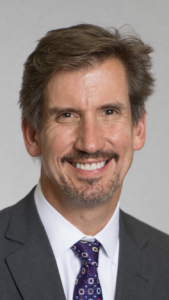
Peter Zahos
MD, FAANS, FACS. Founder, Chief Executive Officer
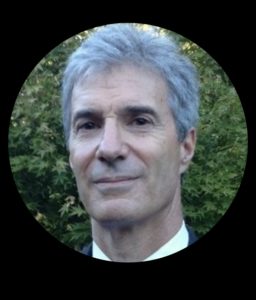
Jeffrey Lotz
PhD, Professor, Director, Bioengineering Lab, University of California, San Francisco
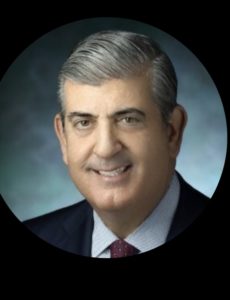
Nicholas Theodore
MD, FAANS, FACS. Director, Neurosurgery Spine Program, Johns Hopkins Department of Neurosurgery
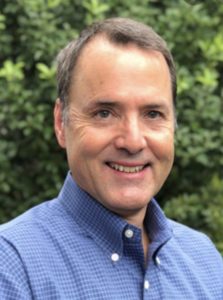
Chris J. Diederich
Diederich, Ph.D. Professor, Director, Thermal Therapy Research Group, University of California, San Francisco
About
Discogen is a medical technology development company that designs, patents, and commercializes devices and therapeutics for the Discogenic Back Pain (DBP) market.
Discogen is a medical technology development company that designs, patents, and commercializes devices and therapeutics for the Discogenic Back Pain (DBP) market.

